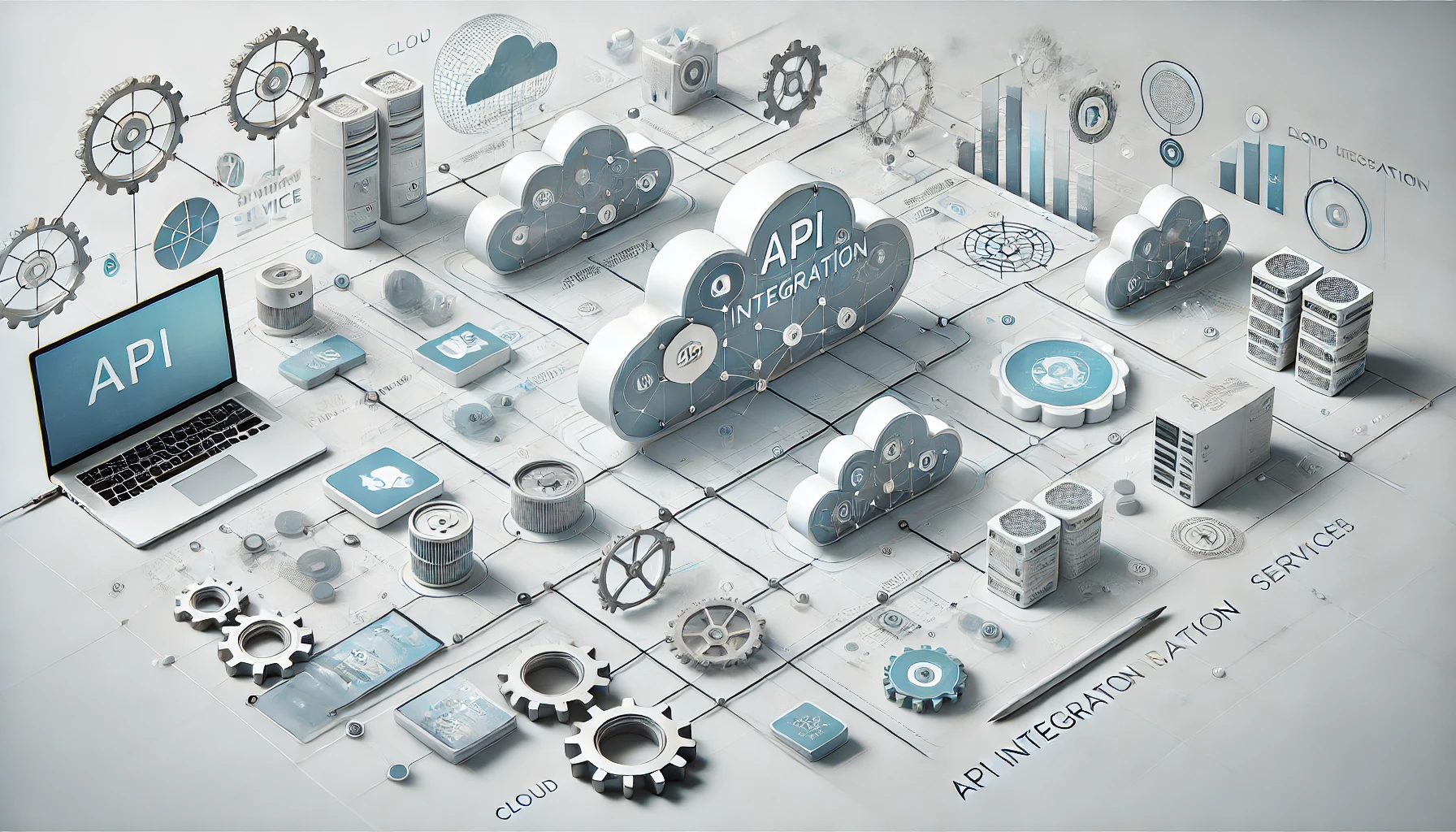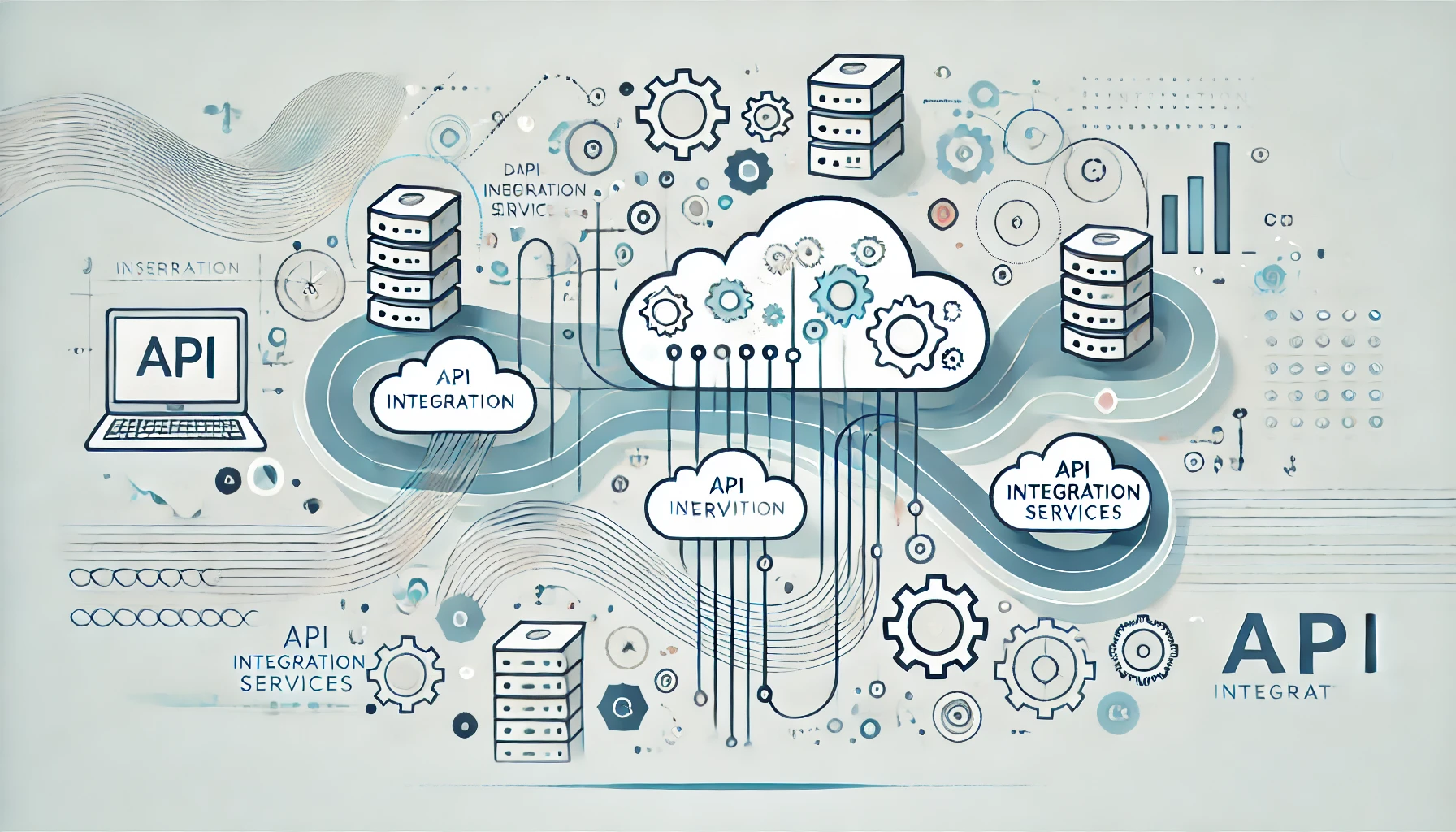As you navigate the realm of types of API integration services, understanding the nuances of REST APIs, SOAP APIs, JSON-RPC, XML-RPC, Webhooks, GraphQL, and gRPC is key to enhancing your digital capabilities. Each type brings unique strengths and functionalities to the table, catering to diverse integration needs in the technological landscape. By exploring these seven essential types, you can unlock a world of possibilities for seamless data exchange and communication within your systems.
REST APIs
REST APIs, also known as Representational State Transfer Application Programming Interfaces, have become a fundamental component in modern software development. When working with REST APIs, it is crucial to adhere to best practices to ensure efficient communication between different systems. One of the key best practices is to use clear and descriptive resource URLs that represent the data being accessed. This not only makes the API more intuitive but also enhances its maintainability in the long run.
In addition to following best practices, implementing robust security measures is paramount when dealing with REST APIs. Utilizing authentication mechanisms like OAuth or API keys can help secure the API endpoints and prevent unauthorized access to sensitive data. It is also essential to encrypt data transmission using HTTPS to safeguard information from potential threats.
SOAP APIs
Moving from the realm of REST APIs to SOAP APIs introduces a different approach to application integration. SOAP APIs, known for their extensibility and robustness, have been used for a long time in enterprise applications. One of the key SOAP API benefits is its standardized protocol that ensures communication between different systems is seamless and reliable. Compared to REST APIs, SOAP APIs provide a more formal contract for communication and support more complex operations.
When it comes to security, SOAP APIs offer built-in security features like WS-Security, which enable encryption and signing of messages, providing a higher level of data protection compared to REST APIs. In terms of security, SOAP APIs are often considered more secure than GraphQL due to their stricter message exchange pattern.
JSON-RPC
When it comes to JSON-RPC, understanding the basics is crucial for successful API integration. By following a well-structured JSON-RPC implementation guide, you can ensure smooth communication between different systems. Paying attention to JSON-RPC’s specifics can streamline your development process and enhance the efficiency of your API interactions.
JSON-RPC Basics
To delve into the realm of JSON-RPC Basics, it is crucial to comprehend the fundamental principles that underpin this remote procedure call protocol. JSON-RPC, a lightweight data interchange format, offers several advantages. It provides a simple way to execute functions on a remote server, making it efficient for communication between different systems. One of the key advantages of JSON-RPC is its ease of implementation due to its straightforward structure and compatibility with various programming languages.
JSON-RPC finds application in diverse use cases, including web development, where it facilitates seamless communication between client and server. Its ability to handle complex data structures and support batch processing makes it suitable for scenarios requiring efficient data exchange. Additionally, JSON-RPC is commonly used in distributed systems to streamline interactions between different components.
Understanding the basics of JSON-RPC is fundamental for leveraging its capabilities in API integration services. In the subsequent section, we will explore a detailed implementation guide for utilizing JSON-RPC effectively.
JSON-RPC Implementation Guide
Having established the foundational knowledge of JSON-RPC basics and its significance in facilitating communication between systems, the focus now shifts towards a practical JSON-RPC Implementation Guide. When implementing JSON-RPC, it is crucial to prioritize security measures to protect the integrity of the data being exchanged. Utilizing encryption methods and authentication mechanisms can enhance JSON-RPC security and prevent unauthorized access to sensitive information.
In addition to security considerations, adhering to JSON-RPC best practices is essential for seamless integration. Structuring requests and responses in a standardized format, such as adhering to the JSON-RPC 2.0 specifications, ensures compatibility and consistency across different systems. Following best practices also involves error handling, versioning, and documentation to streamline the integration process and troubleshoot any issues that may arise.
XML-RPC
An essential aspect of API Integration Services is the incorporation of XML-RPC, a lightweight protocol that allows for seamless communication between different systems. XML-RPC protocol provides a structured way for systems to exchange data, offering several benefits such as ease of implementation, platform independence, and efficient data processing. When comparing XML-RPC to REST APIs, XML-RPC typically has a more rigid structure and is not as flexible in terms of data format as REST APIs. However, XML-RPC is still widely used in various scenarios due to its simplicity and reliability.
- Benefits of XML-RPC:
- Ease of implementation
- Platform independence
- Efficient data processing
- XML-RPC vs REST APIs:
- XML-RPC has a more structured approach
- REST APIs offer greater flexibility in data format
Webhooks
When exploring Webhooks in API integration services, it’s essential to understand their functionality and implementation. Webhooks serve as a way for applications to receive real-time data updates by sending HTTP POST requests to a specified URL. Implementing Webhooks involves setting up endpoints to listen for these incoming payloads and processing the data accordingly to enable seamless communication between different systems.
Webhooks Functionality
Webhooks are a vital component of API integration services, enabling real-time communication between different applications. When it comes to Webhooks functionality, it’s essential to consider various aspects to ensure seamless operation:
- Automation: Webhooks automation allows for automatic triggering of events between applications, streamlining processes.
- Security: Ensuring Webhooks security protocols are in place is crucial to safeguard data during the communication process.
- Scalability: Webhooks scalability refers to the ability to handle a growing number of requests without compromising performance.
- Performance: Monitoring Webhooks performance is key to guaranteeing that notifications are delivered promptly and efficiently.
- Reliability: Dependable Webhooks functionality ensures that data is transmitted consistently and without errors, maintaining the integrity of the integration process.
Understanding these factors is fundamental for harnessing the full potential of Webhooks within API integration services.
Webhooks Implementation
To effectively implement Webhooks within API integration services, the focus shifts towards the practical application of real-time communication mechanisms between applications. When integrating Webhooks, it is crucial to consider security measures to protect sensitive data. Implementing HTTPS and verifying the source of incoming Webhook requests are essential security considerations to prevent unauthorized access.
Best practices for Webhooks implementation include setting up proper authentication mechanisms such as API keys or tokens to ensure secure communication. Additionally, establishing retry mechanisms for failed delivery attempts can help maintain data integrity in case of network issues. It is also recommended to provide clear documentation on how developers can subscribe to Webhooks and handle various events effectively.
GraphQL
GraphQL is a query language for your API that allows you to request only the data you need in a single request. When working with GraphQL, consider the following points:
- GraphQL Queries: These are used to retrieve data from your API, allowing you to specify exactly what data you need.
- Mutations: Enable you to make changes to your data, such as updating or deleting it.
- GraphQL Subscriptions: Real-time updates are facilitated through subscriptions, making it ideal for applications that require instant data changes.
- Schema Design: A well-thought-out schema is crucial for defining the structure of your API and ensuring consistency in data retrieval and manipulation.
- Efficiency: With GraphQL, you can fetch multiple resources in a single request, reducing network overhead and improving performance.
Grpc
Within the realm of API integration services, Grpc stands out as a high-performance, open-source framework developed by Google. Grpc, which stands for Google Remote Procedure Call, offers several advantages that make it a popular choice for many developers. One key advantage of Grpc is its support for multiple programming languages, enabling seamless communication between different systems. Its efficient binary serialization contributes to its superior performance compared to other protocols like REST.
Grpc is commonly used in scenarios requiring real-time data streaming, making it ideal for applications such as chat services, online gaming platforms, and IoT devices. Additionally, its built-in support for authentication and load balancing simplifies the development process for secure and scalable systems. However, despite its strengths, Grpc also presents challenges, including a steeper learning curve due to its complexity and the need for both client and server implementation in compatible languages. Overall, Grpc’s performance and versatility make it a compelling choice for high-throughput, low-latency API integrations.
Frequently Asked Questions
How Do API Integrations Impact Cybersecurity?
API integrations impact cybersecurity significantly. A striking statistic shows that 84% of data breaches are due to vulnerabilities in APIs. You must prioritize data privacy and conduct regular vulnerability assessments to safeguard your systems effectively.
Are There Any Industry-Specific API Integration Challenges?
In healthcare interoperability, data privacy regulations pose challenges. Retail data exchange faces issues with real-time inventory syncing. Both industries encounter API integration hurdles like legacy system compatibility and data security concerns, demanding tailored solutions for seamless operations.
What Are the Common Pitfalls in API Integration Projects?
When diving into API integration projects, watch out for common pitfalls. Effective project management is key to success. Ensure technical compatibility from the get-go to avoid delays and frustrations down the road. Stay vigilant!
How Does API Integration Affect System Performance?
When you integrate APIs, system performance is influenced by resource utilization and data synchronization. Scalability is key for handling increased loads, and real-time communication impacts responsiveness. Optimize these aspects to enhance overall system efficiency.
What Emerging Trends Are Shaping the Future of API Integrations?
Incorporating automation efficiency and data synchronization are key trends shaping API integration. Streamlining processes with intelligent workflows and ensuring seamless data exchange between systems drive the future of integrations, enhancing performance and scalability.


